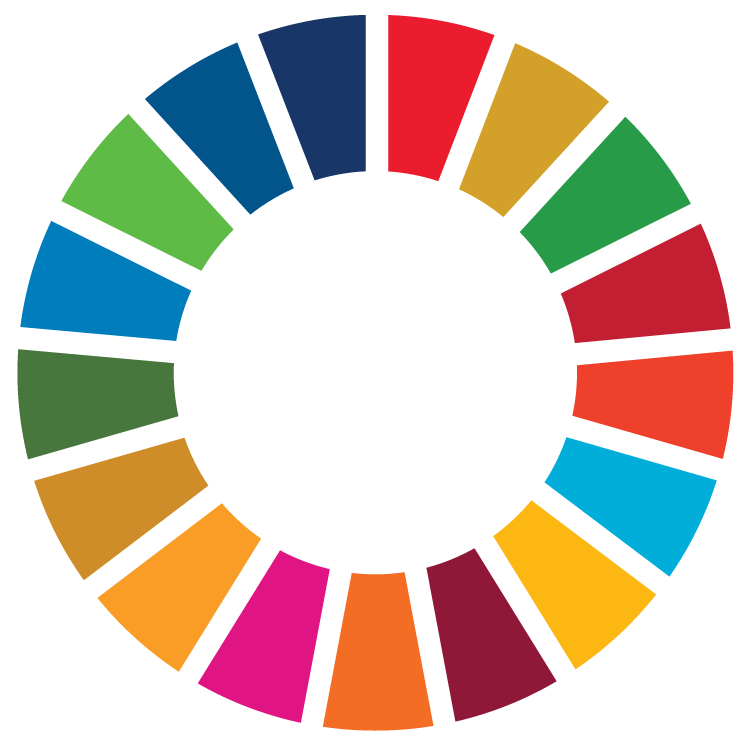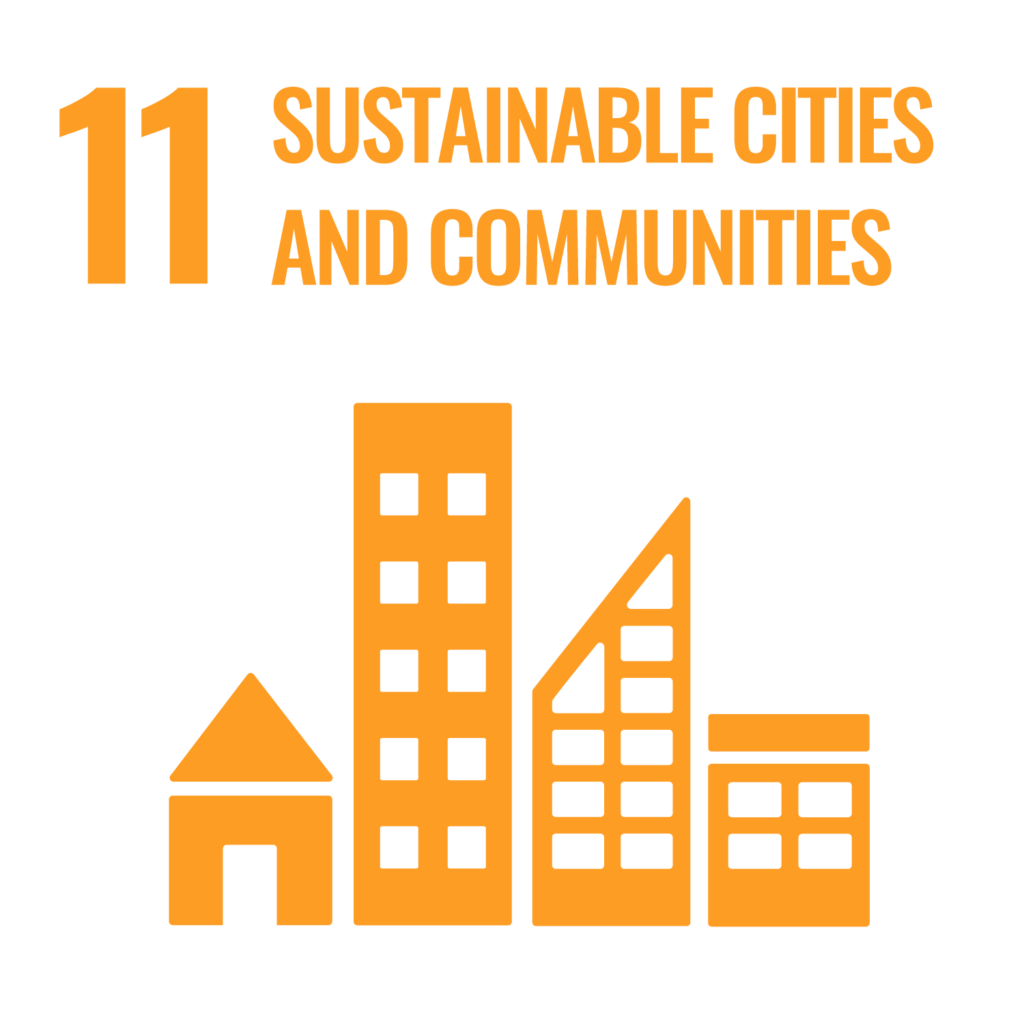Reporters: Dr. Jaray Suwannachart, Asst.Prof.Dr. Tachaya Sangkakool, Asst.Prof.Surawat Moogem, Tussawan Thong-on, Natrada Boonthad and Natpakal Poolperm
Evidence Date: February 7-8, 2024
Related Indicators: 11.4.7
Details: Supporting details and pictures
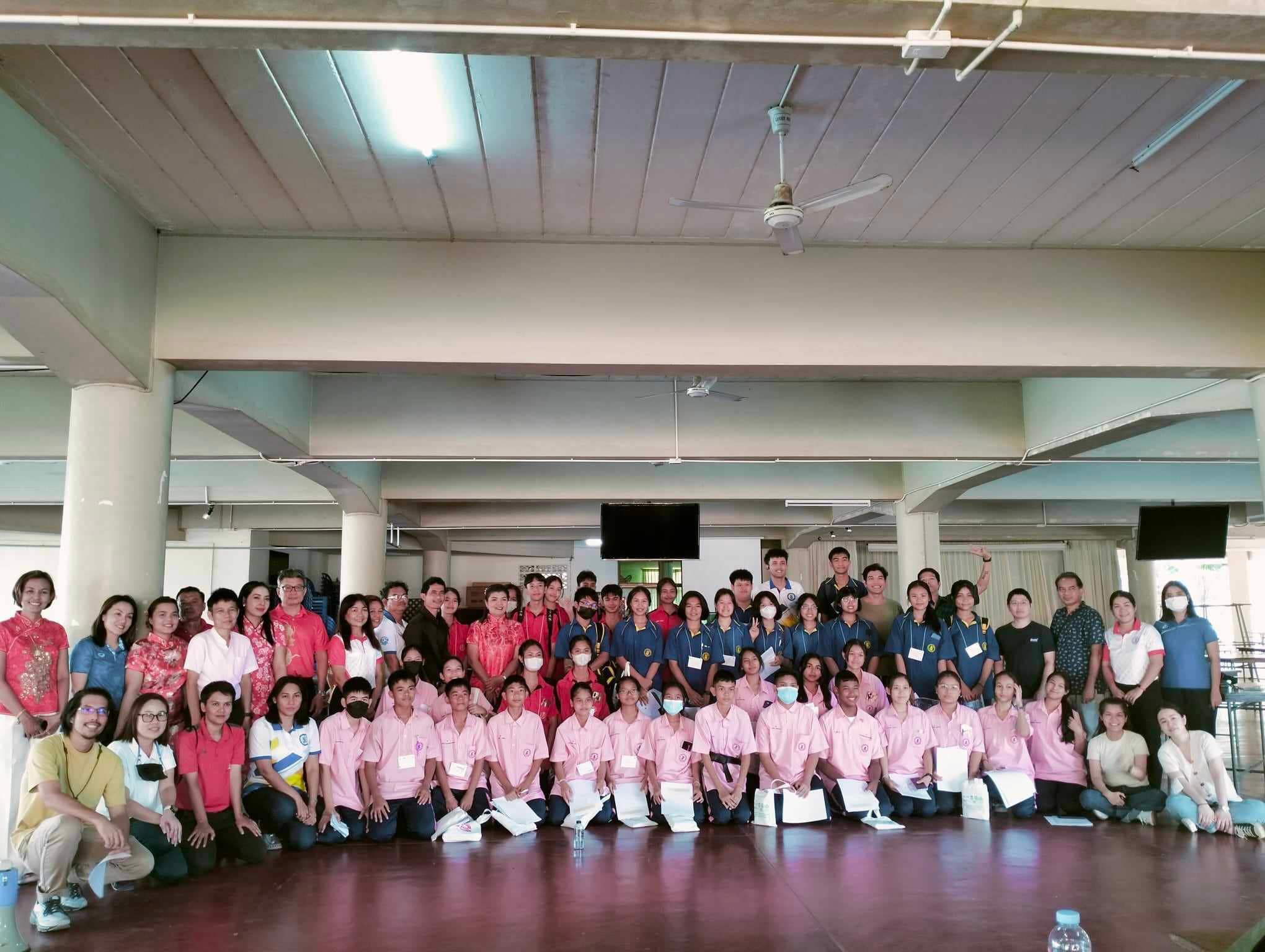
On 7-8 February 2024, the research team for the Learning City Model Project to Reduce Educational Inequality led by Asst. Prof. Natniphon Noisngiam (Faculty of Architecture, RUTS; Project Lead), in collaboration with the Thap Thiang Old Town network and Trang Municipality organized two activities in Thap Thiang Subdistrict, Mueang Trang District
a “City Walk” and a “Canal Ecosystem Walk.”
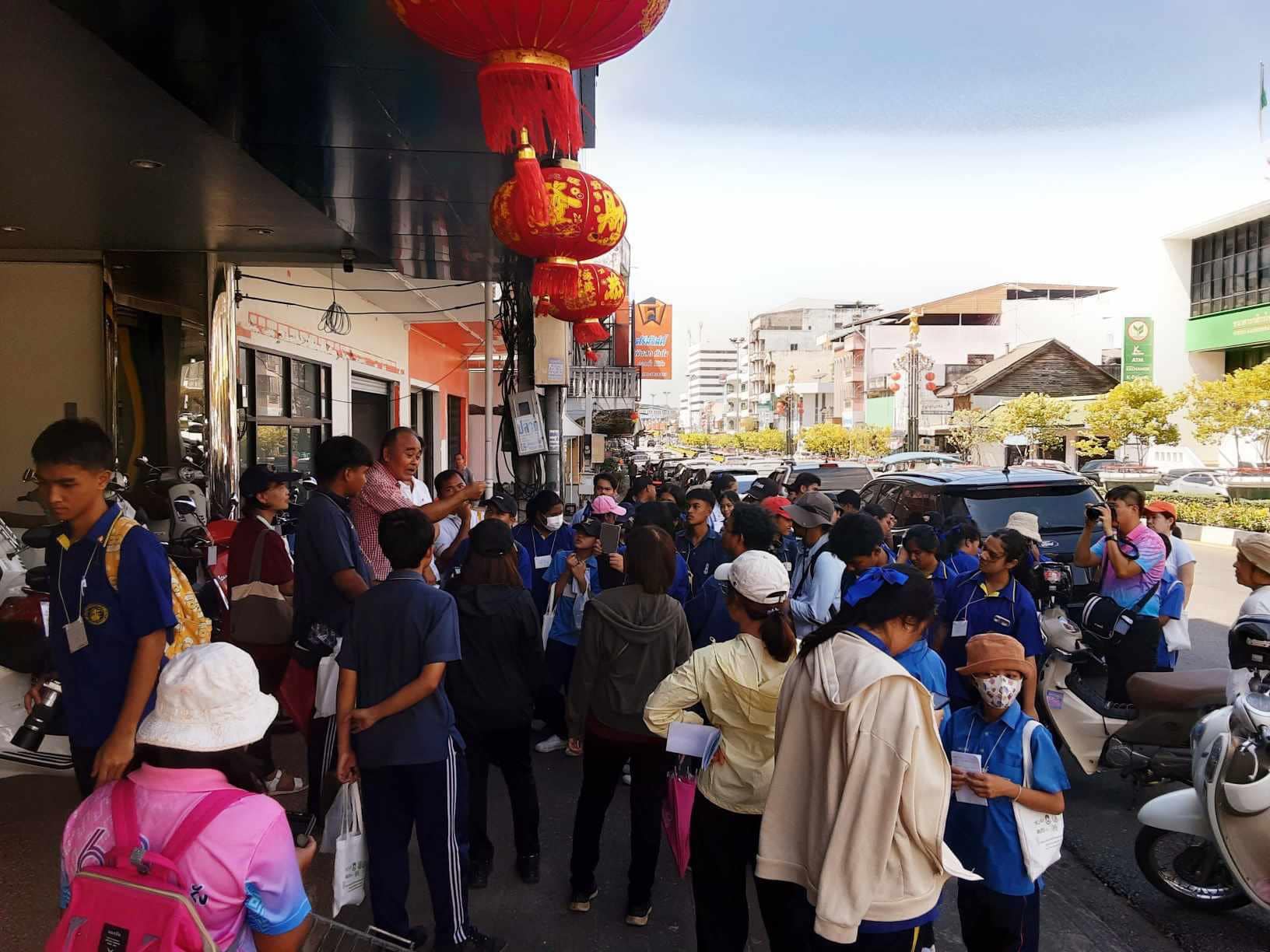
City Walk (7 February 2024)
A pilot learning group of 40 students from four schools at primary and secondary levels Satri Rachinee School, Wichienmatu Trang School, Trang Kindergarten School, and Municipal School 2 (Wat Kapang Surin) joined a guided route featuring key urban heritage sites.
Morning route: Kusonsathan Trang Foundation; Khao O-Cha restaurant; Siribann Kao shop (Outstanding Architectural Conservation Award—Commercial Building); Sai Ngam House (three-story building),Trang Christian Church (Outstanding Architectural Conservation Award Religious/Monumental Site), Tha Klang Market, Trang Railway Station, Fire Station, and Trang Clock Tower. The session concluded at the multi-purpose meeting room of Trang Municipality. Along the way, students learned about significant buildings and places through briefings by local resource persons and, in some cases, building owners. Afternoon session Group reflection and knowledge exchange based on the walk, including questions and suggestions for improving learning spaces to support creative, place based education.

Canal Ecosystem Walk (8 February 2024)
A pilot learning group of 40 secondary students from three schools Municipal School 1 (Sangkhawit), Municipal School 2 (Wat Kapang Surin), and Municipal School 6
(Wat Tantayapirom) explored the Huai Yang Canal environment.
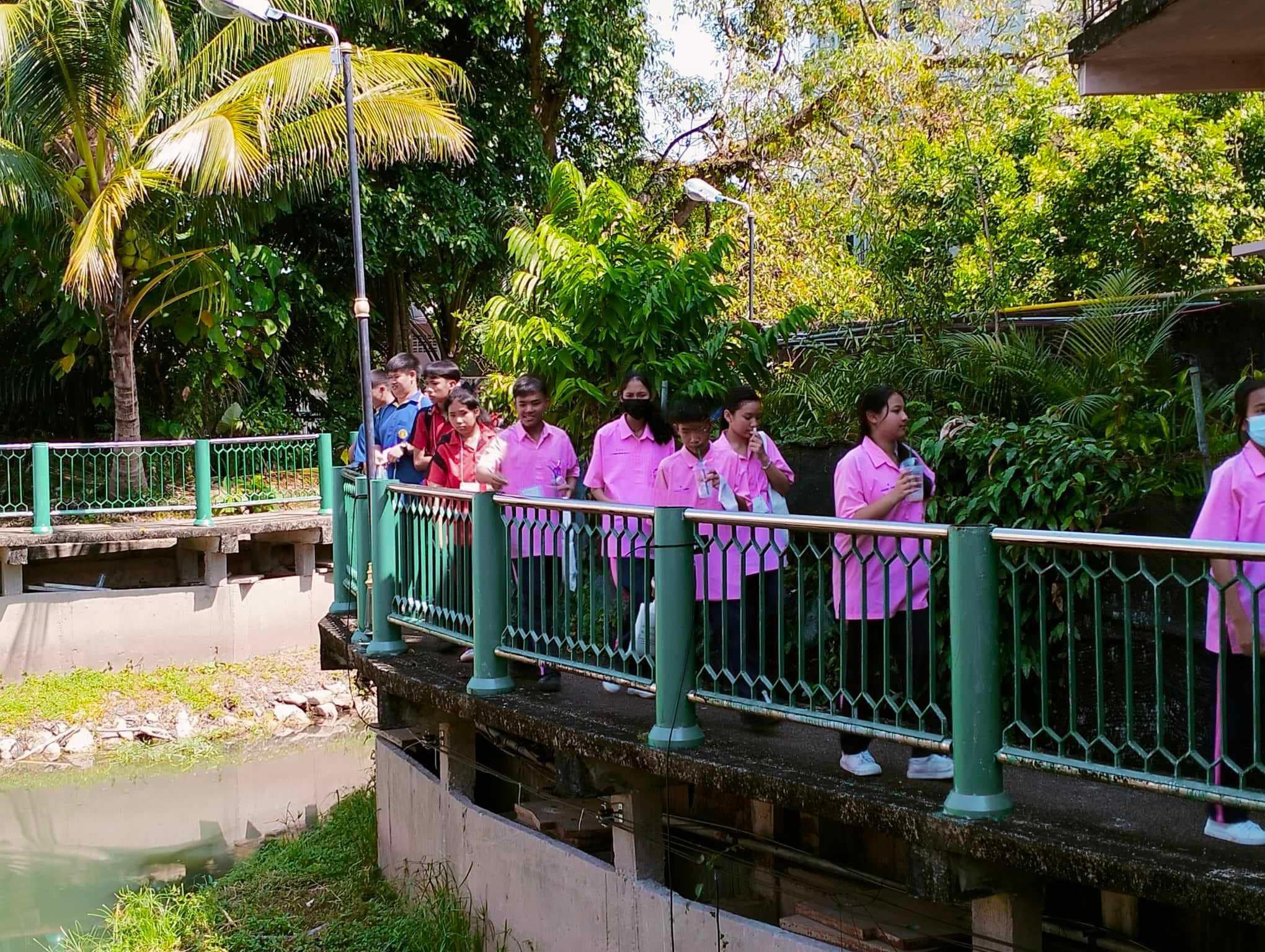
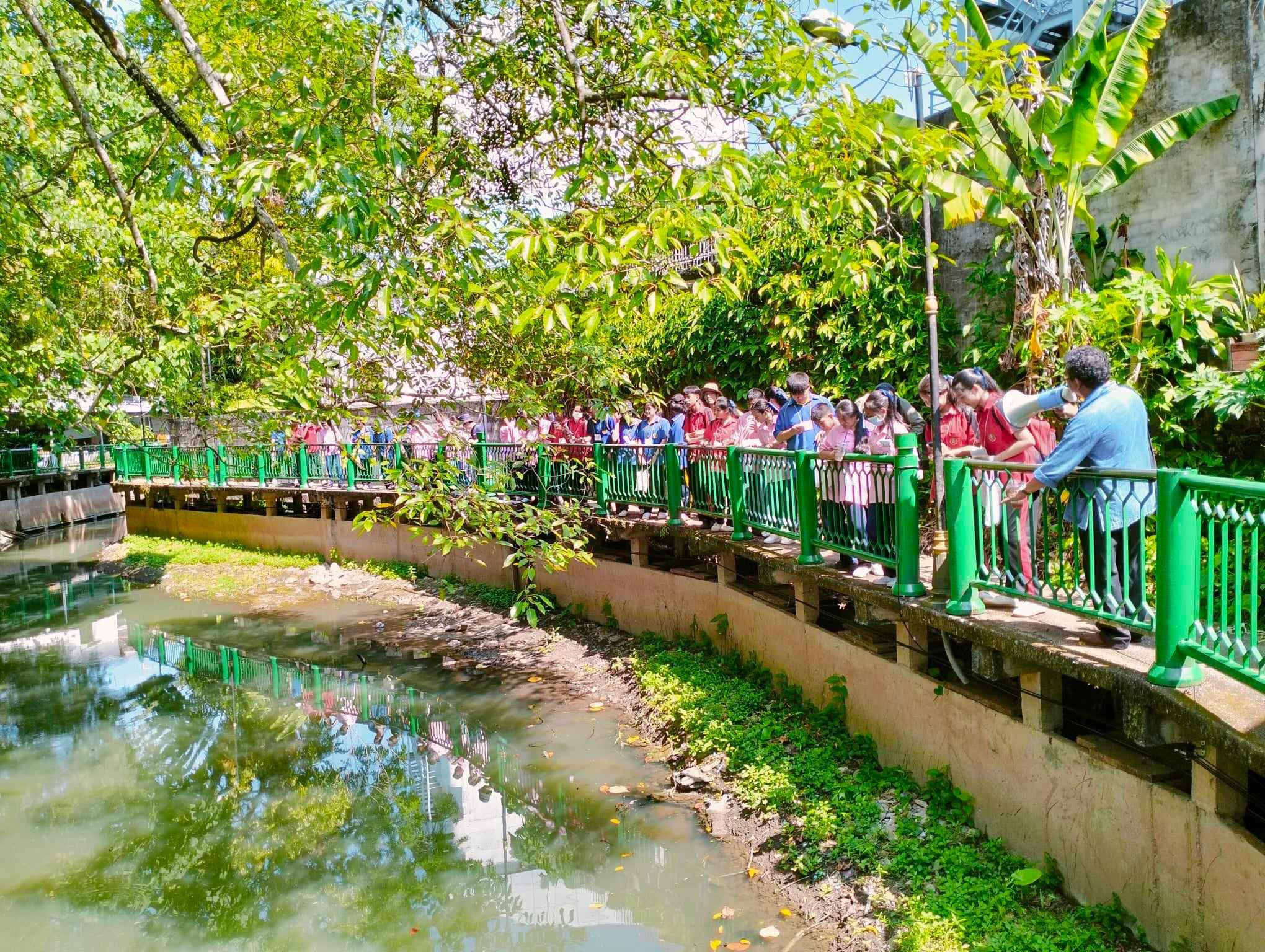
Morning route Thap Thiang Park, the remaining sago palm forest (the last stand along
Huai Yang Canal), and the Huai Yang Canal ecosystem (riverside flora, local fish species,
and invasive fish). The session concluded at Trang Christian Church (an architectural landmark listed among the 20 notable heritage sites of Trang). Throughout the route, students studied plant biodiversity in Thap Thiang Park, riparian vegetation, and aquatic species particularly the last sago forest critical to the canal ecosystem guided by local experts, followed by a heritage learning visit at Trang Christian Church.Afternoon session: Group reflection and discussion drawn from the canal walk, including questions and recommendations for enhancing learning spaces that foster creative, experiential education.
Related Links:
